EAT IN ASIA / Destinations / Other destinations / Central america / Costa rica
8 TOP most popular Costa Rican fruits and their health benefits
Tags: COSTA RICA






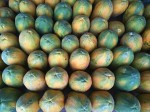
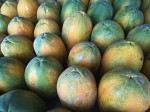
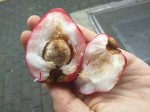


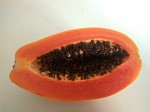

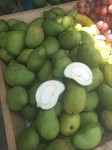

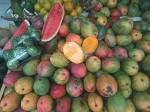





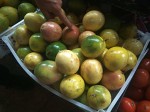



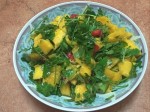
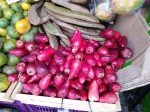




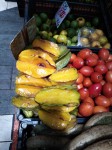
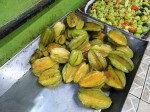
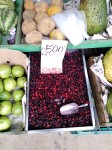



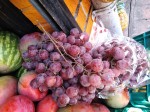

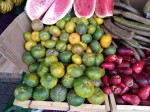



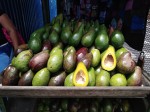



Costa Rica with its wonderful climate is a good place for all fruit lovers. With a lot of sun, abundant rains and different landscapes across the country, this small country offers a great number of wonderful fruits (read more about exotic fruits in Costa Rica). Thanks to such a good weather conditions, climate influences from surrounding seas, volcanic soils and influence on an ecological agriculture, fruits from Costa Rica are exceptional.
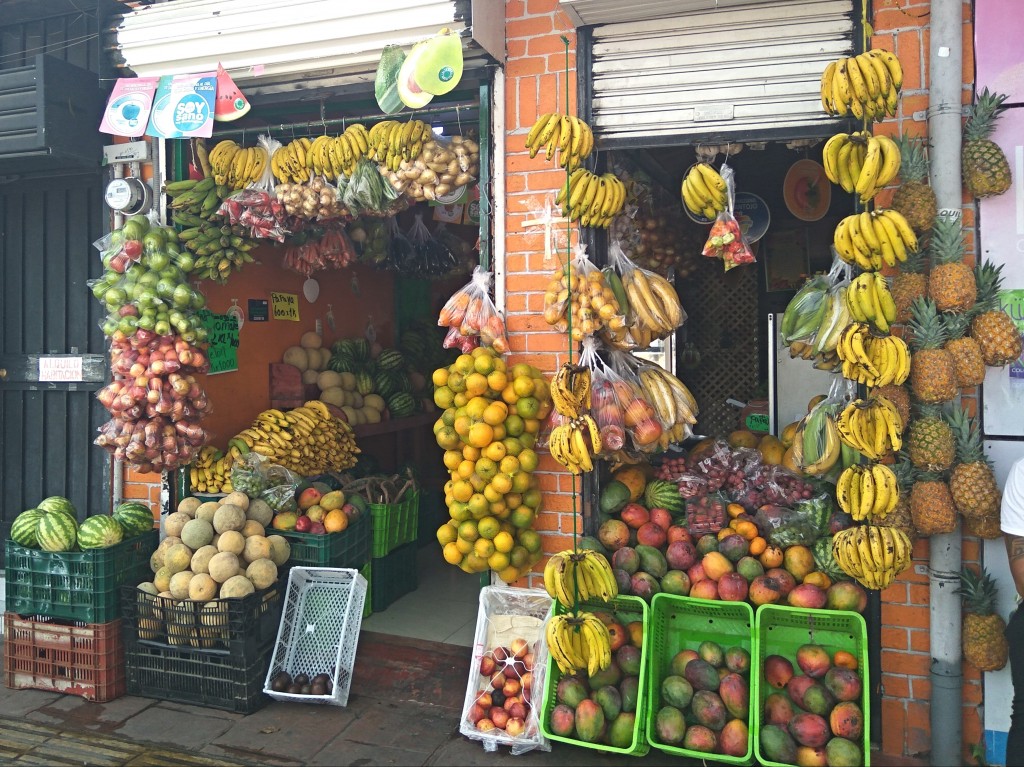
Sweet from sun, juicy thanks to heavy rains and rich in nutrients thanks to powerful, volcanic soils, Costa Rican fruits are one of the best in the world. It is worth mentioning, that Costa Rica is one of the leading exporters and producers of bananas and pineapples. Apart from these two fruits, a huge number of exotic and tropical fruits is available at every corner.
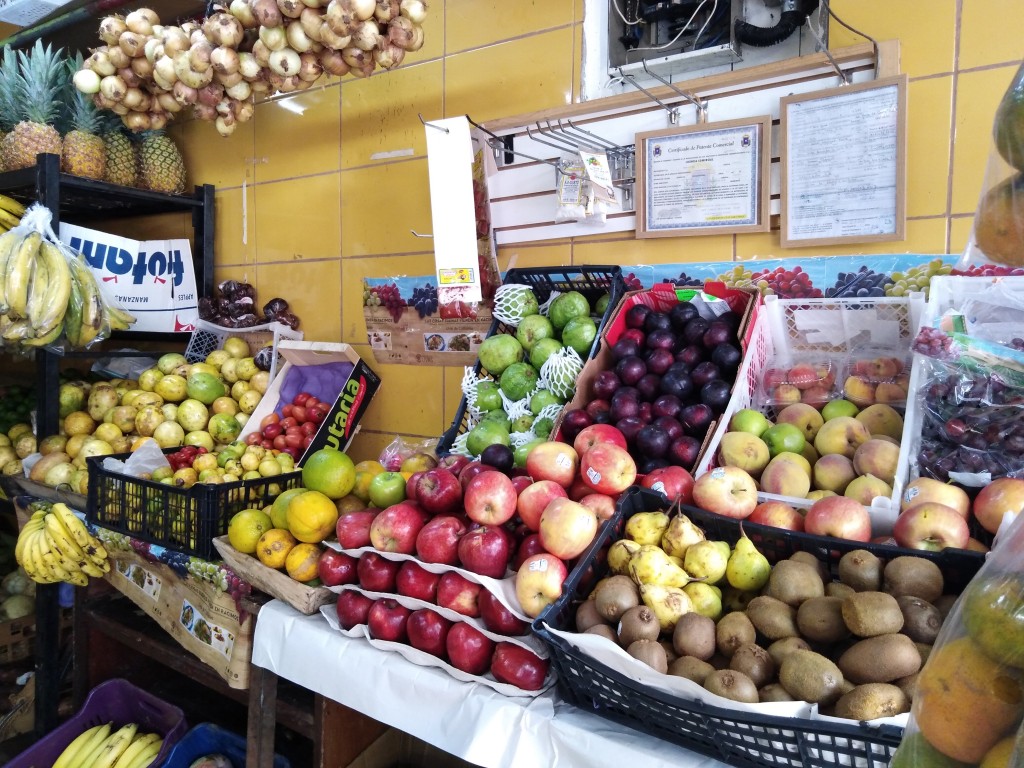
Depending on the season, the variety changes, however hardly ever you would be either in the region or time when fruits are missing. No, that is rather impossible. We already wrote about the most exotic fruits in Costa Rica – these that are not so popular in other parts of the globe, and now it is time for listing fruits that are popular, well-known and healthy. So, let’s start our delicious journey!
1. Mango

Mangoes are one of the most popular and liked fruits in Costa Rica. Some of them are big and some are tiny. Some are red or violet, other are green, orange, yellow or of mixed color. Oval-shaped, more circular or long and narrow. With a plain skin or with a colorful one. With a fibrous flesh or a butter-like. With easy-removable pits and these in which it is really hard to separate the flesh from the seed. A huge number of mangoes is available on local street markets, big supermarkets and small shops. Depending on the region and season, different mango varieties overwhelm markets.
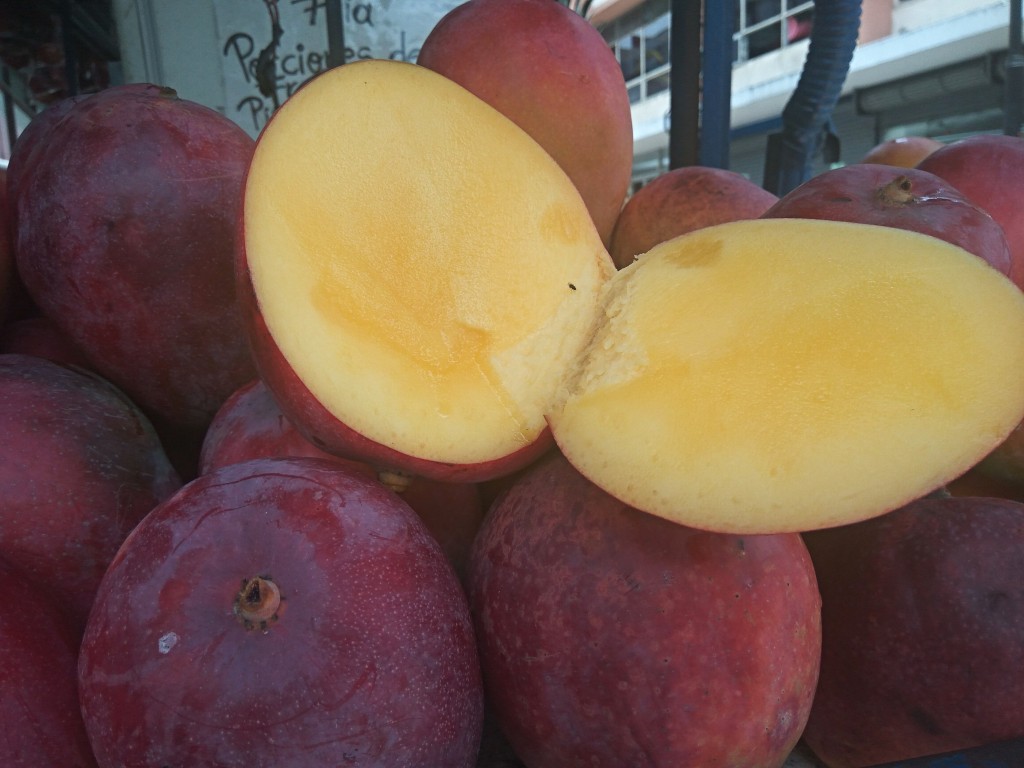
Sweet, juicy and a with a lot of health benefits. The color of their flesh depends on the variety. It can be almost green, yellow or orange. The texture also depends on the variety. Some of them are rather fibrous, while other have a butter consistency. The skin is usually quite thick; however, it is edible and contains a lot of nutritional values. Some mangoes have a really thin peel, but these are rarer. The most common varieties are characterized by a relatively thick skin, that protects partially the soft flesh. However, be careful while transporting mangoes, as they are very sensitive and prone to bruises.
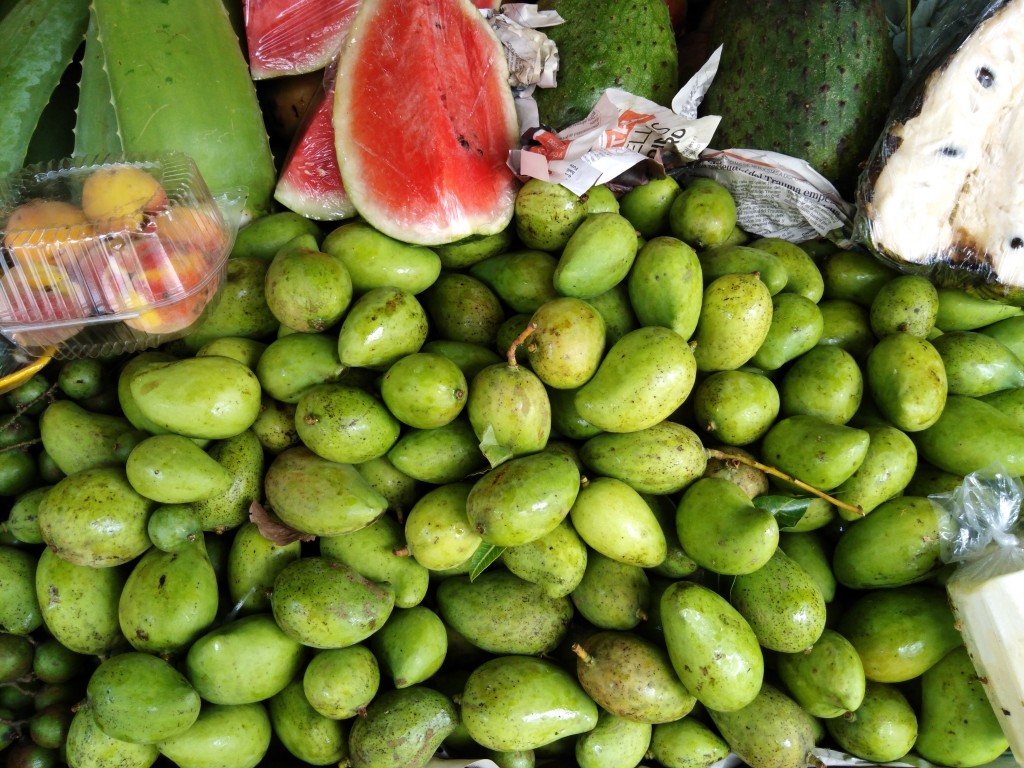
The best way to eat mangoes is to eat them fresh. What means that not processed in any way. So, neither in drinks, nor in shakes nor in any other processed form. Only thanks to that, this wonderful fruit can give us as many nutritional values as possible. It should be eaten fresh and in a whole piece. As this fruit contains a lot of sugars, it should be consumed with moderation. Especially people with diabetes should avoid them or eat them moderately. The same rule applies to all these being on a diet or taking care about their weight. Generally speaking, no more than one mango fruit should be eaten at the same time or even better in the same day. It is also important to combine it with a lot of leafy and green vegetables and avoid eating it with other sweet or dried fruits or dairy products.
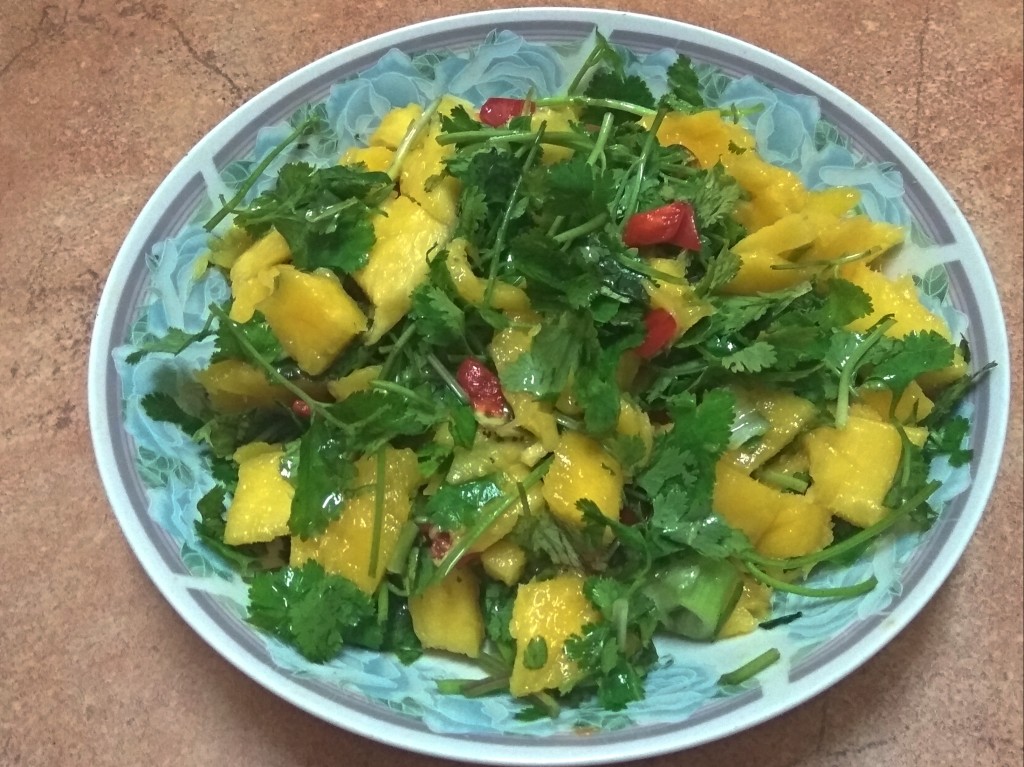
Mangoes are very important from the nutritional point of view. They are a great source of multiple vitamins, beta-carotene and dietary fiber. Vitamin A and vitamin C are the most important ones. Apart from them, you will also find a lot of minerals such as magnesium and potassium. Among other minerals calcium, phosphorus and iron should be mentioned. These minerals take care of our nervous system, keep in a good state muscles, balance sodium levels and improve cardiovascular system. Thanks to a significant amount of the dietary fiber, mangoes play an important role in the control of glucose levels and promote keeping cholesterol levels in a proper state.
2. Pineapple
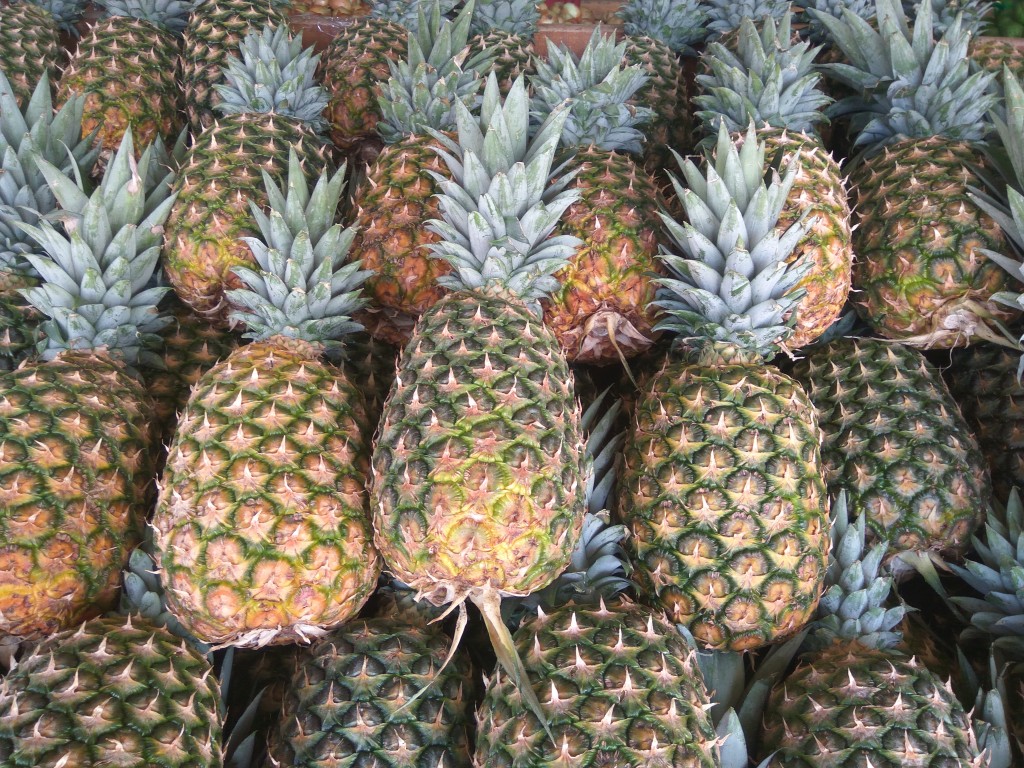
As Costa Rica is an important producer and exporter of pineapples, it is not surprising that this fruit is so popular in the country too. Huge pineapple plantations are located in different parts of Costa Rica; however, the region of Puntarenas and Limon are these that are leading. Costa Rican pineapples are considered to be one of the bests in the world, and it is hard to fight with that. They are extremely sweet, juicy and aromatic. They have a wonderful taste, their flesh is delicate, and the skin is relatively thin. As other pineapples, they consist in almost 90% of water. This makes them ideal for a hot day when you are thirsty or need to regain energy after a long walk in the city or after a day on a sunny beach.
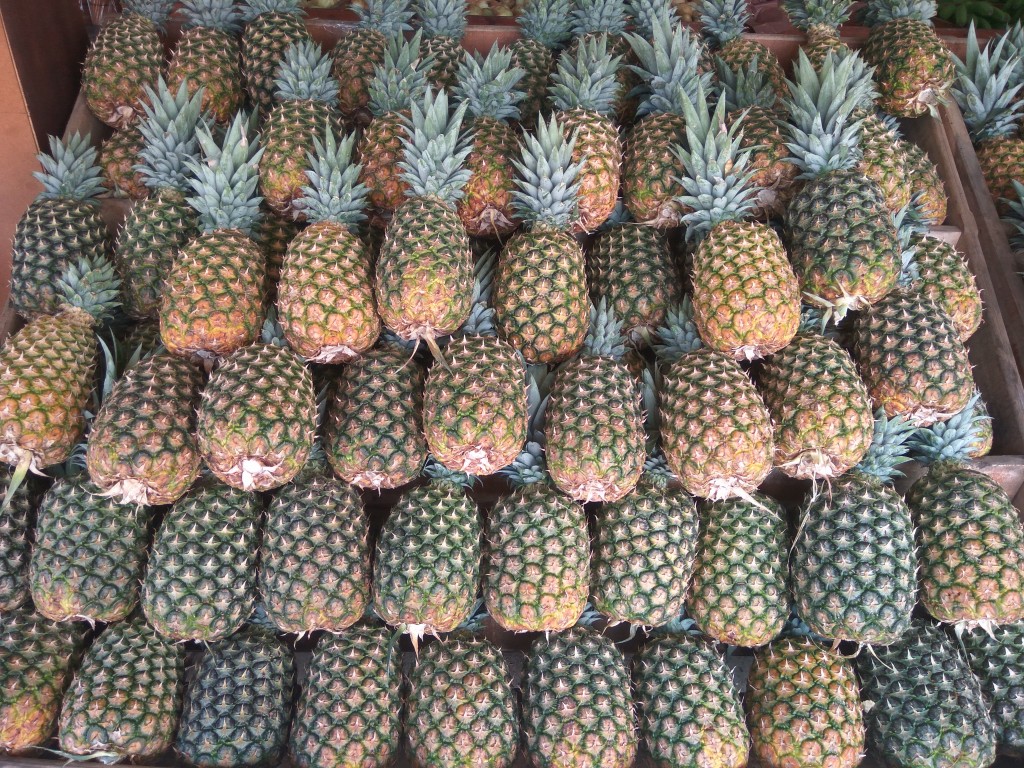
The best way to eat pineapples is to have them raw. When cut in cubes, they are an ideal snack for a trip. If you have more time, just remove the skin and cut into circles. Even though the inner, circular part of the pineapple is edible, it is better to remove it, as it might cause allergies and even make your mouth, or rather lips, blooding. This does not apply to all pineapple varieties and not to all people, but just bear it in mind, that something like that might happen to you too. Actually, it is not something dangerous and the side-effect will not last for a long time, but still, it is not a nice experience, especially that lips are very sensitive. And remember, that is not something that should stop you from eating pineapples! Definitively not!
The cooking process deprives pineapples from some minerals and nutrients, especially from bromelain, that plays an important role in the anti-cancer prevention. However, it is also common to add this fruit to main dishes, stews and soups.
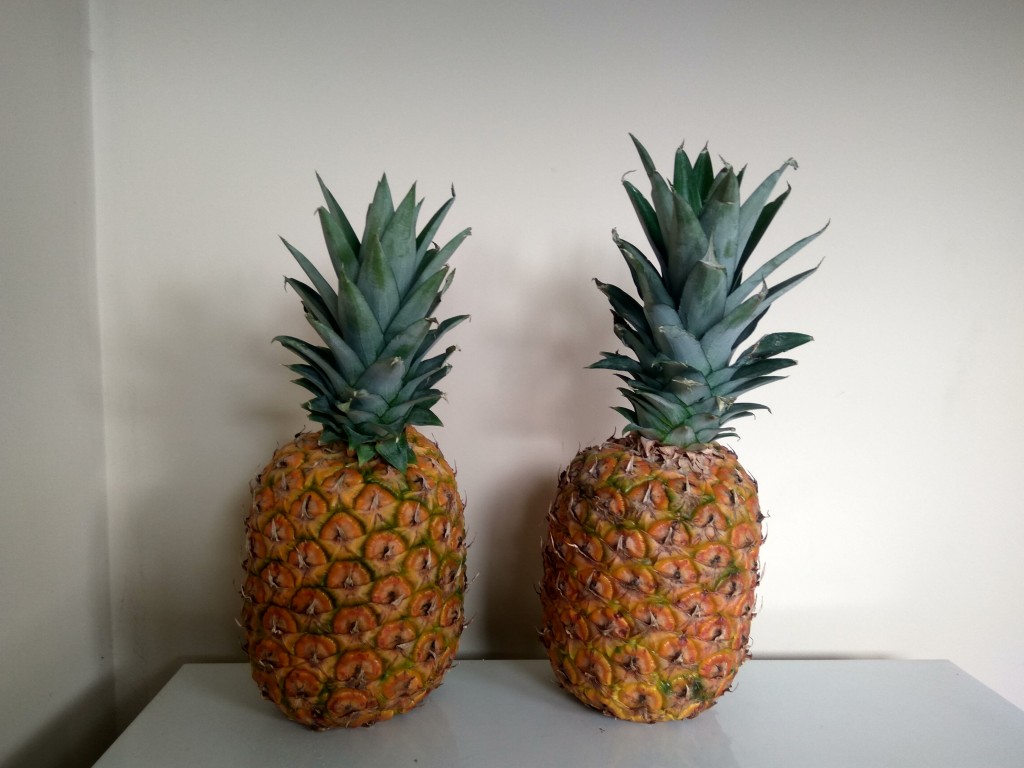
The shape and size of pineapples can be different depending on the variety. Some of them are more circular and smaller, while other are of a bigger size, long and narrower. The color of the fruit varies also from greenish till almost orange. It is not only depending on the ripeness of the pineapple, but also of its sort.
To choose the best pineapple, you should use almost all your senses. An ideal fruit should have a nice pineapple smell. It should have a dominance of a yellow and orange color. The greener parts of the fruit should have a pale color and not be dominating. And when ripe, the inner, upper leaves should be easily removable.
3. Starfruit AKA Carambola

This yellow, star-shaped fruit is well known in Asia too. It has its unique sweet and sour taste. Usually, it is either eaten raw or included in different drinks, shakes and mixed juices.
It is low in calories, has a lot of water and dietary fiber. That is why, starfruit is recommended in weight-loss diets.
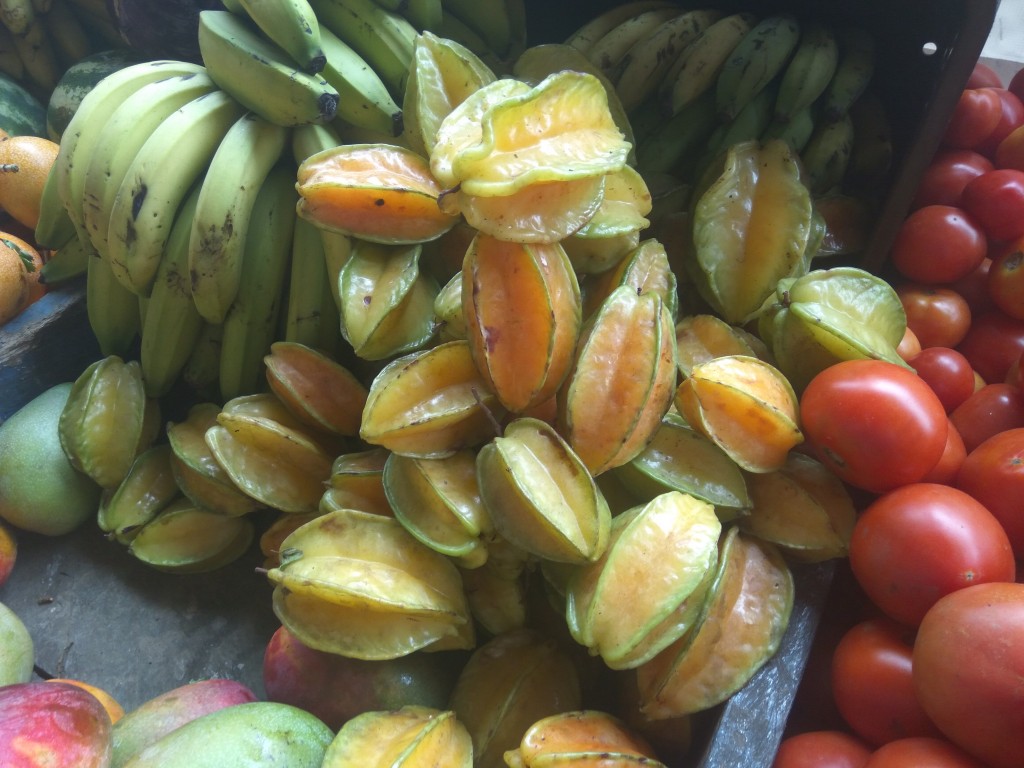
Carambola is rich in vitamin A, that is responsible for a good sight, healthy skin, hair and for a general good condition of the immune system. Apart from that, a significant amount of vitamin C, will help you keep strong your teeth and bones and improve your resistance to infections. Finally, it is worth mentioning, that starfruits are also a good source of potassium and dietary fiber. The first one will allow you to balance your nervous system and keep your muscles hydrated and able to recover after an effort. Eventually, the dietary fiber will let you have healthy guts and avoid constipation.
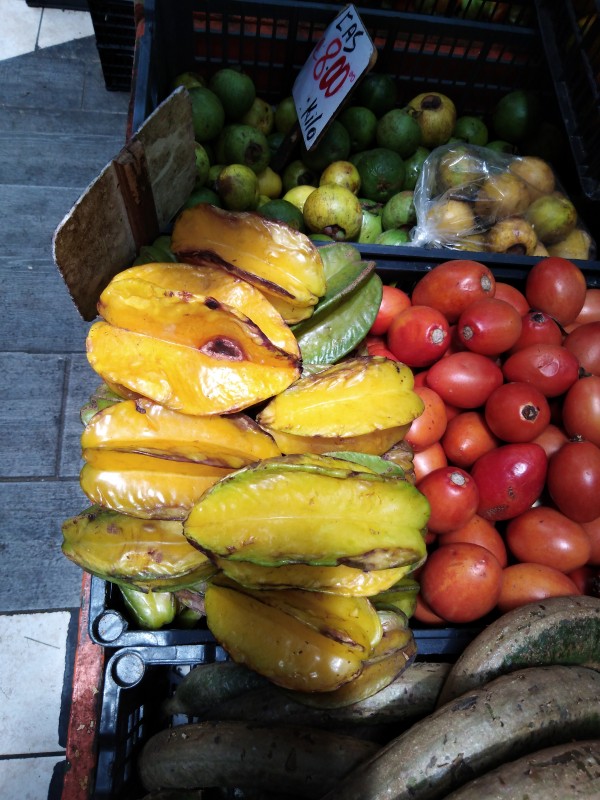
Carambola is recommended to almost everyone. It can help in regulating hypertension, cardiovascular system, sugar levels and digestive system. It is an important component of weight-loss and anti-cancer diets.
However, starfruit is not recommended to persons suffering from renal problems. The fruit should also be not combined with any medicines, as their absorption might be changed.
4. Passion fruit AKA maracuja
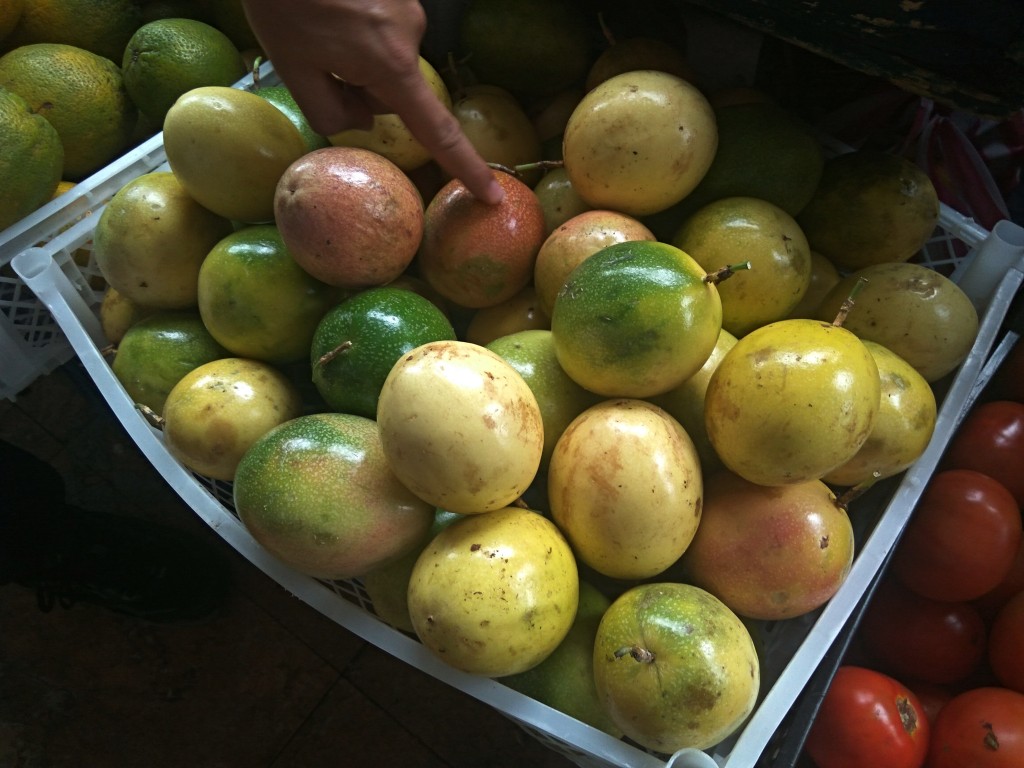
Known under different names, with different subtypes and this tropical, round fruit has a lot of positive health effects. It is extremely rich in vitamin A and vitamin C. Vitamin A is responsible for a good condition of hair, skin, bones and the immunological system. Vitamin C promotes absorption of iron and plays a key role in the process of the production of red cells and collagen. Apart from that, passion fruit is a good source of magnesium, phosphorus and potassium. Passion fruit is ideal to be included in anti-cancer and cardio diets. Thanks to its high content of a dietary fiber, maracuja makes your stomach feel full for a long time and at the same time is known to be a natural laxative. Passion fruit is also a natural tranquilizer and helps in reaching a deep, long sleep during which the organism could regain energy and restore itself.
The most popular way of including passion fruit to the diet, is to add it to juices, shakes, milk product, yogurts and desserts. The fruit has a slightly sour taste with some sweet notes.
Maracuja is round-shaped. Has a yellow, pale orange or a violet skin and a jelly-like flesh. The inner part of the fruit has a golden color and consists of a lot of small pieces, each of which has its own black seed. All fragments of the flesh are sticked to each other by a soft jelly. Only the inner part of maracuja is edible.
5. Papaya
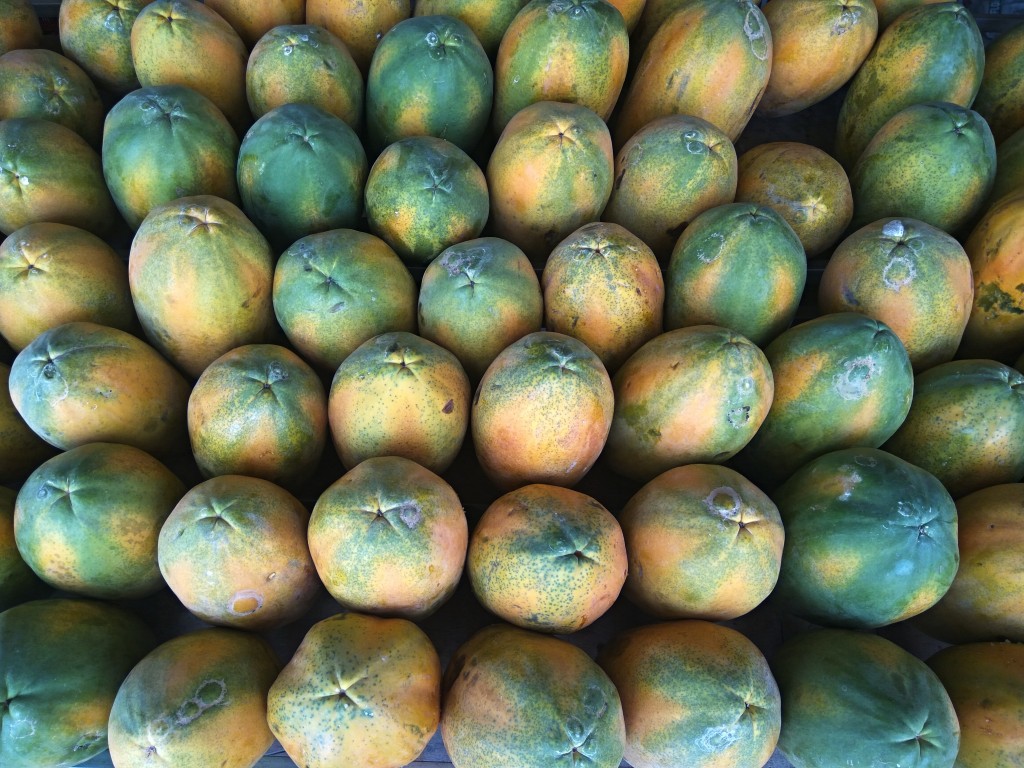
Papaya originates from tropical parts of America, where it has been cultivated since hundreds of years. Now it is also popular on other continents like Asia, Australia and Africa. The biggest papaya producer in the world is Brazil, while the main papaya exporter is Mexico.
This watery and at the same time starchy fruit is sweet, soft and is a good source of antioxidants. Papaya size and weight can range from 20 cm up to even 40 cm, while their weight can often exceed one kilo. The most popular papayas are medium-sized, oval-shaped and weighting below kilo. Its skin, when ripe, has a yellow, orange and slightly red color. In the early phasis of ripening, papaya is green or has a lime color.

After cutting it in half, you will see a beautiful orange flesh with black, small seeds concentrated in the central horizontal area. Some extra-ripe papayas can have their flesh almost red (after changing its color from pale yellow, via light orange and honey till they become crimson).
Although seeds are edible and considered to be healthy, they have a bitter taste, so it is better to eliminate them before preparing a dessert, smoothie or before adding it to porridges or yogurts.
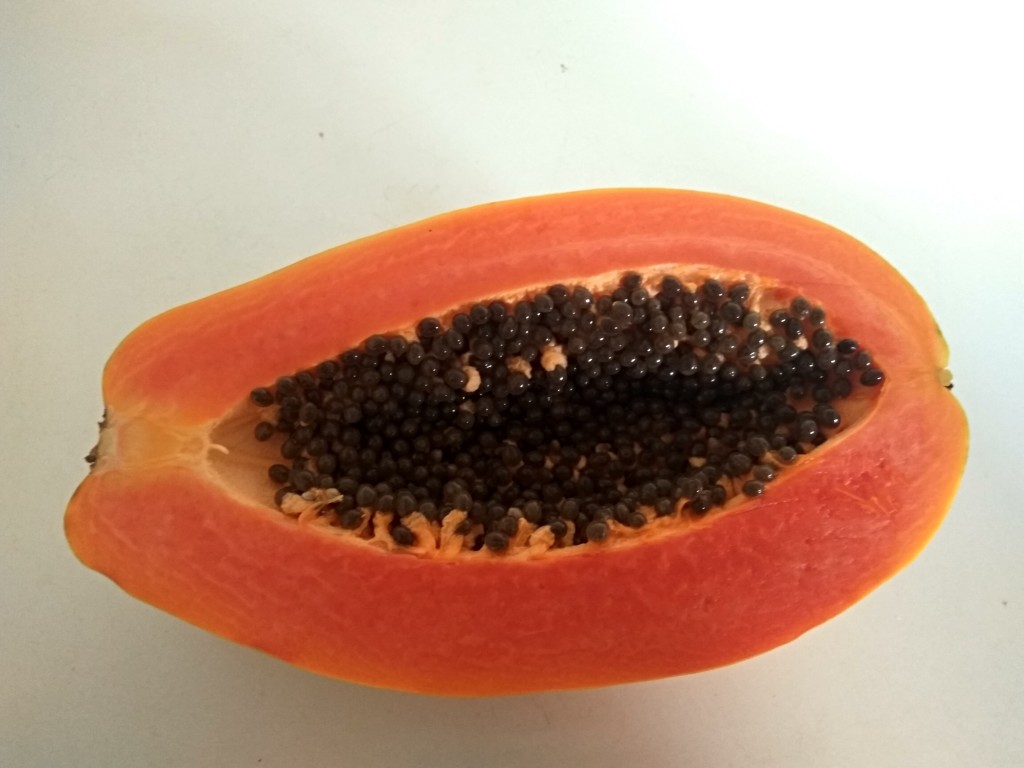
It takes time until you start appreciating papaya’s taste, but it is worth. Try different types of them and served in a different way. Start with smoothies, shakes and juices, to finally end with eating it raw and alone. Papaya is a nutrient dense fruit. It has a lot of vitamin A, vitamin B (especially B1, B2 and B3), vitamin C and vitamin D.
Thanks to the high concentration of lycopene, flavonoids, vitamin C and carotene, papaya is a fruit acting as an antioxidant. Thanks to that our cells are protected from a premature ageing and the whole organism is kept younger for a longer time. Vitamin C, A and E, that are present in papaya help keeping the skin and hair in a good condition and elastic. What is more, vitamin E plays a key role in the prevention of sight diseases.
Papaya is also a good source of a dietary fiber, that is not only important in a weight-loss diets, but also in diets oriented on keeping guts in a good state and eliminating constipation problems.

Finally, add to it different minerals like calcium, potassium, magnesium, phosphorus, iron or zinc and you will get super healthy fruit.
You can have it in salads with a lot of green vegetables, you can also add it to stews, or combine with grains, nuts and dairy products.
For the beginning, add it in small amounts to desserts and mixed-fruit shakes, and then, step by step increase the amount of papaya.
However, if you still do not have any idea how to incorporate papaya to your diet, just start with some basic recipes for juices and smoothies - you will find them below.
Papaya recipes:
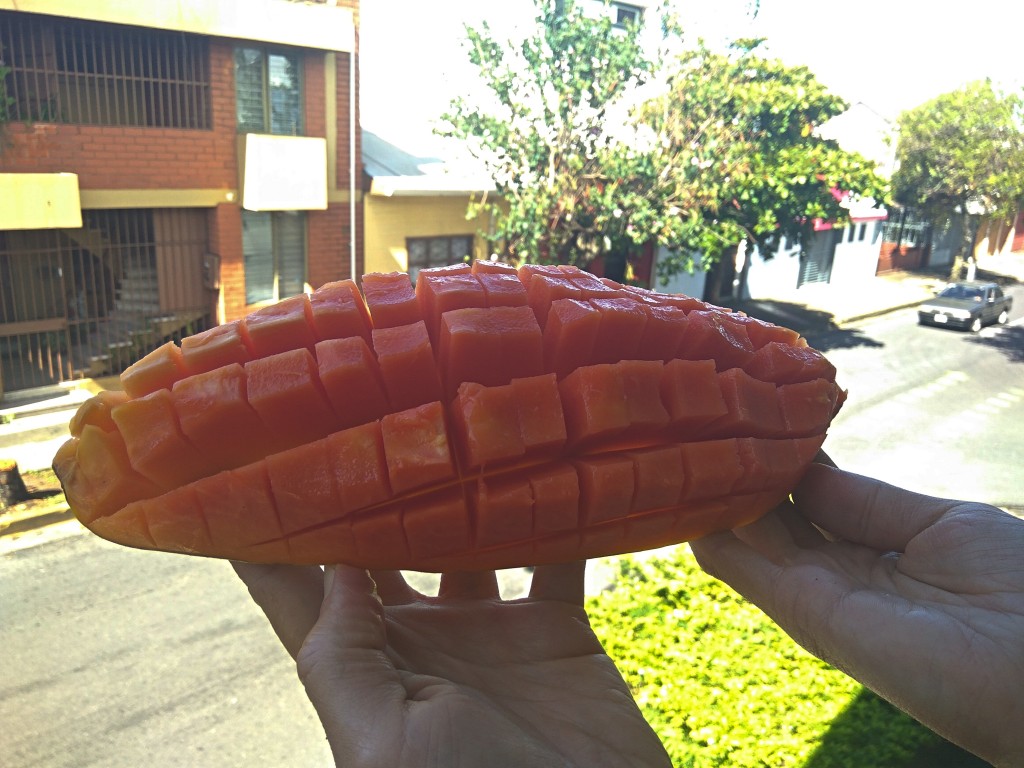
Papaya yogurt
- Take half of a papaya.
- Remove seeds.
- Peel the fruit.
- Cut it into small cubes.
- Add it either to a natural, low-fat yogurt (500 gr), or to a mix of yogurt and milk or just to milk.
- Add to taste some honey, stevia, any other sweetener or some sweetened condensed milk.
- Finally add ice to it and blend it well.
Papaya and watermelon juice
- Take half of a papaya and quarter of watermelon (depending on the size of fruits, the proportion should be as 1:1, however the term ‘half’ and ‘quarter’ refer to a medium size watermelon and a regular papaya, so to make it easier – take such an amount of papaya and watermelon, to get an equal amount of their cubes).
- Remove seeds from the papaya.
- Peel both the fruit.
- Cut them into small cubes.
If both fruits are ripe, there is no need of adding any extra sweetener, as they are already sweet.
This is a very refreshing and antioxidant drink that will quench your thirst in hot days.
Papaya and pineapple juice
- Take half of a papaya and a whole pineapple.
- Remove seeds from the papaya.
- Remove skin from papaya and pineapple.
- Remove the hard stem from the pineapple.
- Cut both fruits into small cubes.
- Blend them together with ice.
This is a diuretic drink, that will help you hydrate your organism and will also work as a nutrition drink while on a weight-loss diet.
6. Tamarind
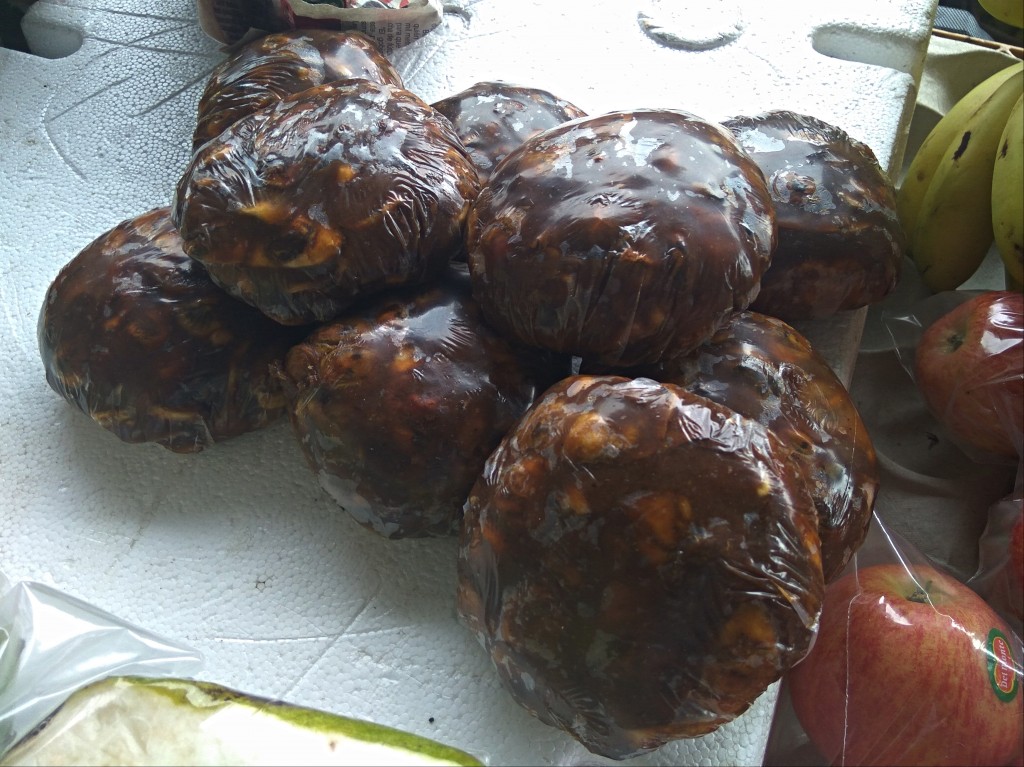
Tamarind originates from India, and its name derives from an Arabic language in which it meant ‘date from India’. The edible part of the fruit is located in a 10 to 15 cm long and about 2 cm wide, curvy pod. Both the fruit and the pod have a black and brownish color.
Tamarind has an intense bittersweet taste and is another great example of a nutrient dense fruit. It has a significant amount of vitamin C, vitamin E and also different vitamins from the B group. Tamarind is rich in such minerals as potassium, zinc, iron, calcium, magnesium and phosphorus. It has diuretic, laxative and antiseptic effects. Moreover, its pods, fruits and pits are used not only in a traditional medicine but are also ingredients of different well-known medicals available in regular drugstores. Tamarind is used in medicines for lowering fever, in asthmatic therapies and in remedies for digestive disorders. It is also added to tabs for throat ache. Thanks to its diuretic effect, tamarind is used in detoxifying diets and treatments, including alcohol detoxification.
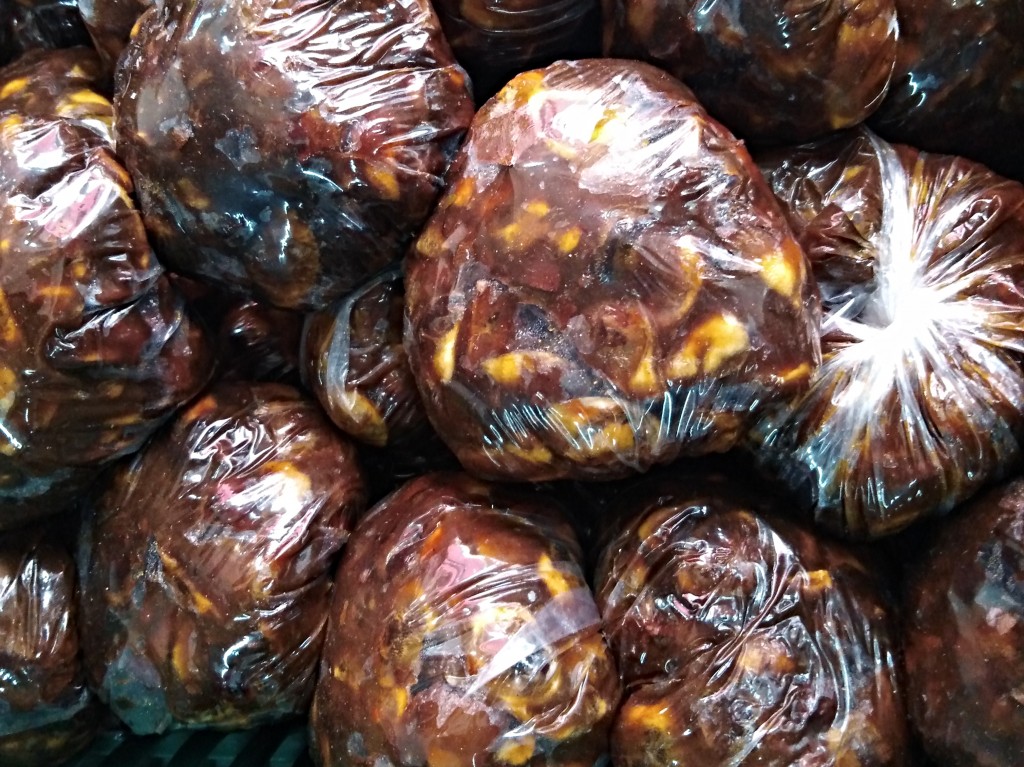
The most common way of eating tamarind is to mix its pulp with sugar, salt and a little bit of chili. It is also popular to add it to juices, shakes, salsas and sauces. Apart from that, there is a number of different dishes that include tamarind either in a fruit pulp form or as a condiment in sauces or salsa. The best example of it, would be a tamarind chicken or a tamarind salsa used for fish, pork and beef.
7. Water apple

Water apple is both grown and popular in tropical areas. Especially in countries like India, Thailand, Philippines or Indonesia. Some regions of America and Africa cultivate them too, however this fruit is not there as popular as in tropical ones.
Unfortunately, water apple is a very delicate fruit and cannot be stored for a long time. That is why, hardly ever you will find a big plantation with water apples or their huge exporter. Moreover, it would be difficult for you to get it in any country where it is not growing, as the fruit is not resistant to any inconveniences during the transport.
While its name might suggest some resembles to regular apples, this fruit has nothing to do with them. Their shape is more similar to the one of o pear than to an apple. Water apple is also smaller than a traditional apple.
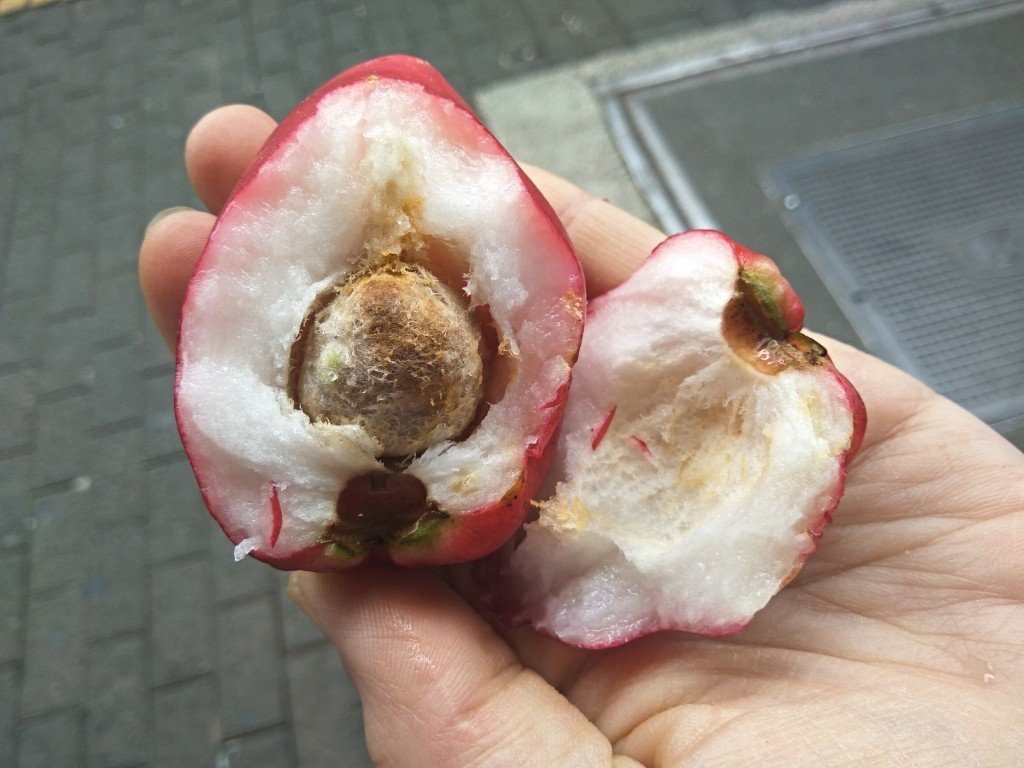
Its skin is soft and glossy. Depending on the variety, the skin might be reddish, white and green or purely red.
The flesh is white ad juicy. It is both sweet and a little bit sour. It contains a lot of water, that is why it is so liked in hot areas, where the hydration is so important.
From the nutritional point of view, water apples provide us with a lot of important vitamins like vitamin C, vitamin A and different vitamins from the group B. Apart from that, water apples are rich in carotenes, niacin, thiamine and riboflavin.
Among minerals that are in water apples, one can mention potassium, calcium and phosphorus. All these are making them worth trying and eating in their place of origin. The best way is to enjoy them raw and eat them as a regular apple. Although they might be a little bit too sour, give them one more chance, and believe me – with every next try, you will be more and more convinced to their taste.
8. Blackberries
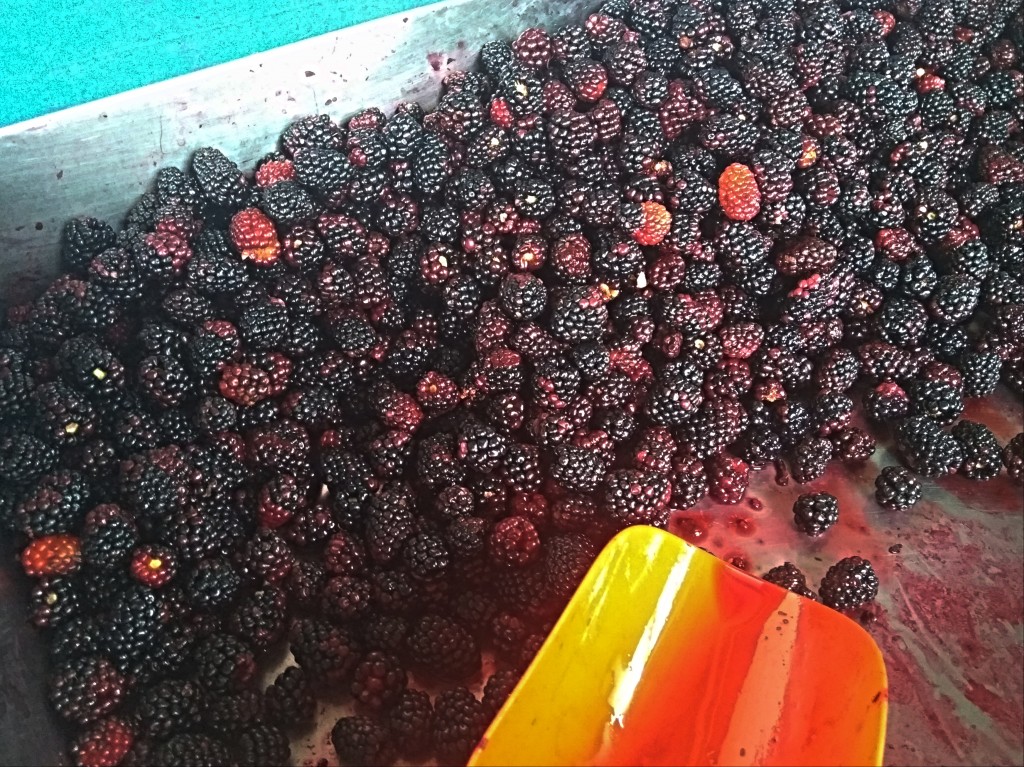
Seeing blackberries on Costa Rican markets was surprising for us. Not that we did not know it, but we rather thought that blackberries are typical for European countries and definitively, we did not expect them to be in such an exotic country like Costa Rica.
Blackberries were sold in packs, frozen or per kilo. They are big and have a dark purple or an almost black, dark violet color. They are oval, have length of about 2 to 3 cm and are sold without the green stem. They are very juicy and have a both sweet and sour taste.
Blackberries are usually eaten fresh, mixed in milk shakes, drinks and juices. They are also included in mixed-fruit jams, jellies, sweets and desserts. Another worth mentioning usage of blackberries is to use their pulp for a wine production. An original Costa Rican red ‘vino de mora’ is with its corresponding white ‘vino de nance’ one of the most popular vines in the country. These vines are sweet, and their alcohol voltage do not exceed 11%. (Grape vines are only these imported especially from Chile, Spain and France.)
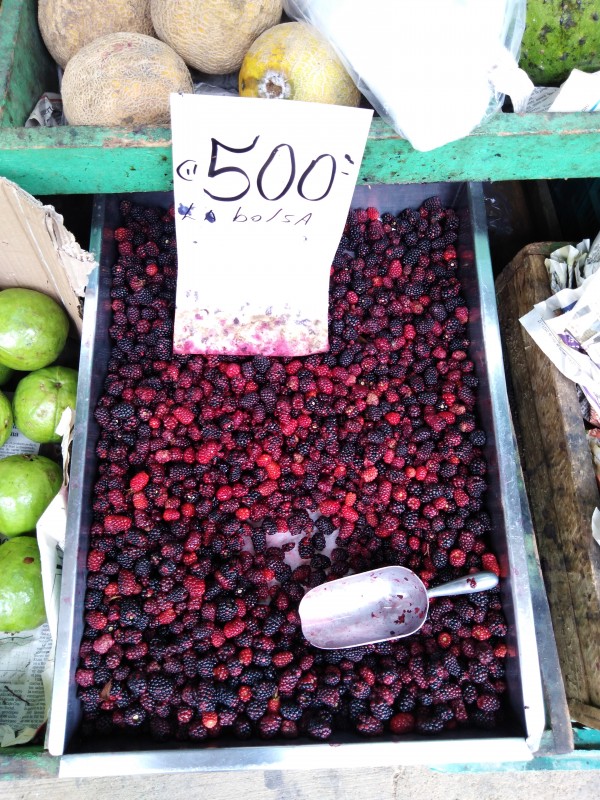
Blackberries are rich in vitamins. Among them you will find vitamin B6, vitamin C and vitamin E. They are also a good source of a dietary fiber, trans-resveratrol, and such minerals as calcium, iron and potassium.
These small, dark fruits have antibacterial properties, what makes them ideal for strengthening the organism during the flu or inflammation.
Apart from that, blackberries have a lot of natural pigments and carotenes that are known for their antioxidant properties.
Among other benefits of consuming blackberries, you can find balancing sugar levels, strengthening immune system, improving functioning of the cardiovascular system and are plays a key role in anti-cancer diets.
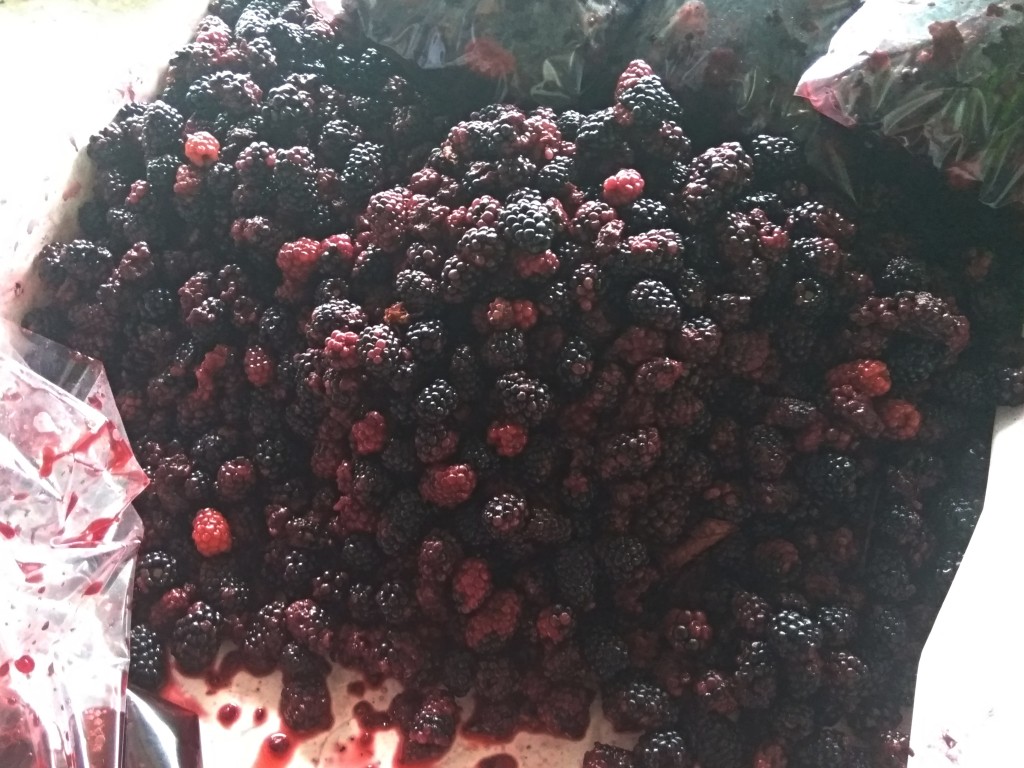
Blackberries are also used in detoxifying diets as they have a diuretic effect. Thanks to their low sugar level, they are recommended for diabetes. Moreover, blackberries are good for keeping your brain in a good state and are known for their anti-aging effects.
As their taste is a little bit sour and it is good to eat them raw and not processed, that is why the best option is to include them to different shakes, dairy products and mixed-fruit juices. If needed, add some natural sweeteners like honey or stevia. However, if they are used with yogurts, coconut milk or a sweetened condensed milk, there is no need of adding any extra sweetener.

Apart from all these fruits, you will easily get coconuts called ‘pipa fria’, different kinds of avocados, oranges, melons, watermelons, tangerines and widely used limes (added to main courses, juices, salads, fruits, seafood and almost all other dishes).
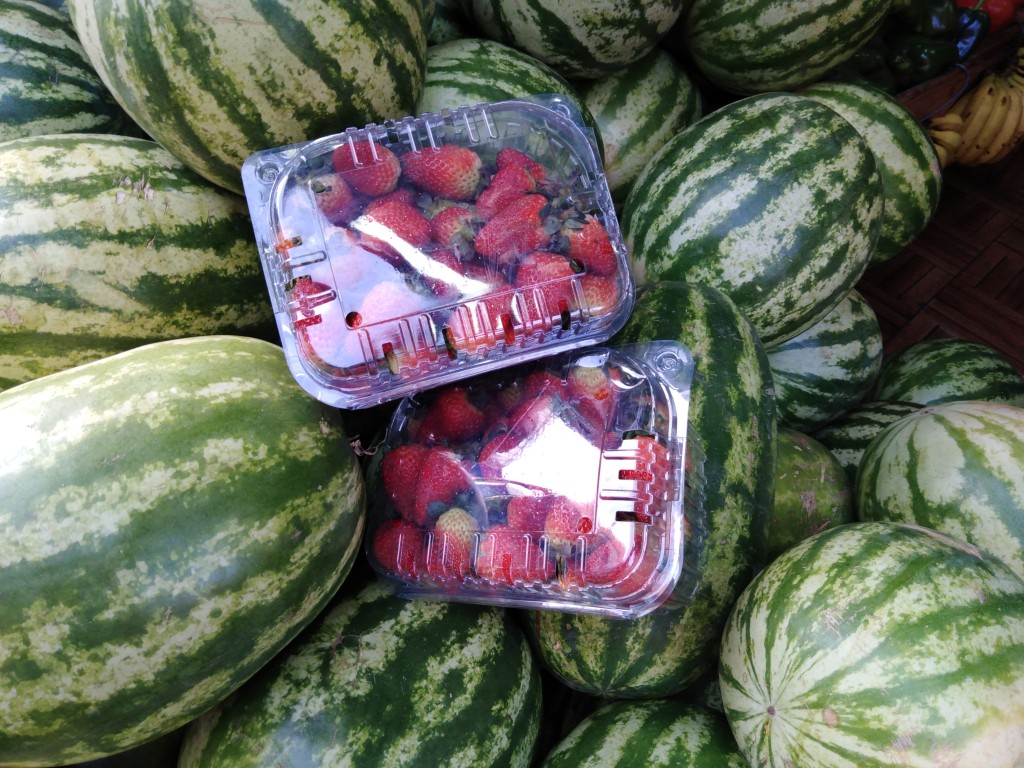
Then, you will be also able to buy fruits that you know from Europe or the United States. Grapes, apples, pears, peaches and plums are sold on street markets packed in plastic bags or sold per piece.
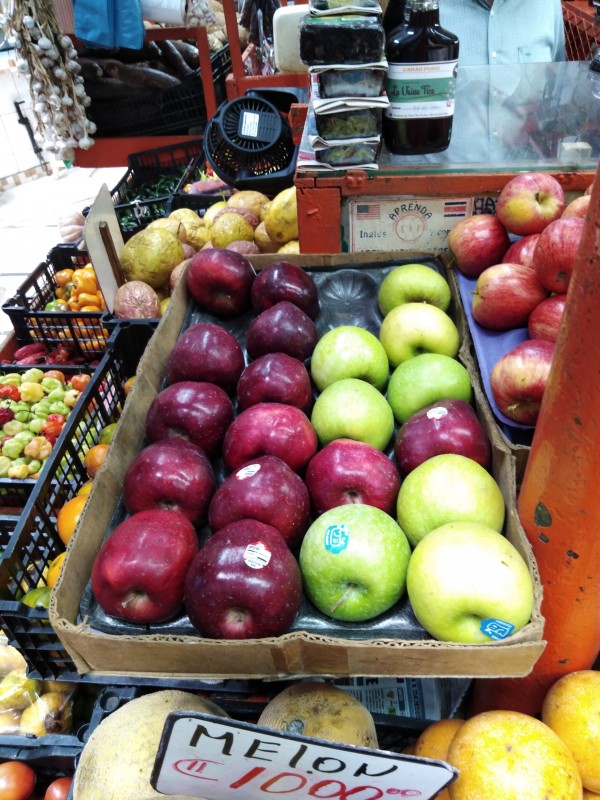
Big supermarkets offer a wide selection of fruits from all over the world, however prices there are much higher. Concentrate on buying these wonderful fruits directly from local sellers or producer, as thanks to that, you will increase your chance of trying something of a really good quality and with a flavor as it should have.
Date: 2021-05-06
Author: Beti – A passionate traveler and lover of Asian cuisine, especially Thai and Japanese dishes, Bernadeta brings her culinary and cultural experiences to life in her writing. Beyond her travels, she’s an avid technology enthusiast with a deep interest in data processing, merging her love for exploration with analytical insights.
Photographer: Adalbert – An aficionado of computers and photography, Adalbert captures the essence of diverse cuisines with a discerning eye. A connoisseur of rich flavors and particularly fond of meat-based dishes, he combines his technical skills with his passion for the culinary arts in every shot.









